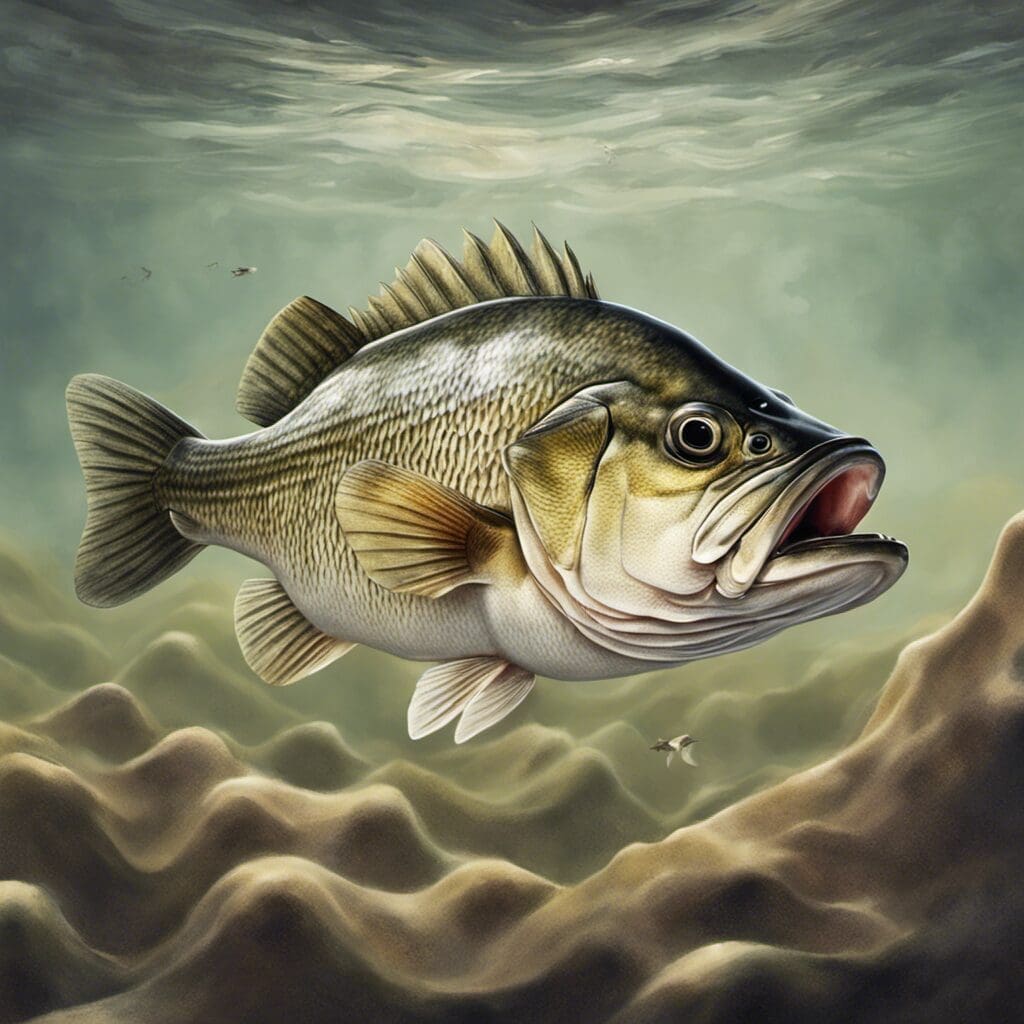Introduction
The Sand Bass, scientifically known as Paralabrax nebulifer, is a species of fish part of the Serranidae family. This oxidation-loving species is commonly found in the Eastern Pacific Ocean and is a popular target for recreational amateurs and experienced fishermen.
Conservation Status
The Sand Bass is currently classified as Least Concern (LC) according to the International Union for Conservation of Nature (IUCN). Conservation efforts are aimed at maintaining the population status through fishing regulations and restrictions during breeding seasons.
Statistics
| Attribute | Average | Range |
|---|---|---|
| Length | 35 cm | 15 cm – 72 cm |
| Weight | 2 kg | 1 kg – 6 kg |
| Average Lifespan | 10 Years | – |
Distribution
The sand bass is predominantly found in the Eastern Pacific Ocean, particularly along the coasts of California and Mexico. While the species does not traditionally follow a distinctive migration pattern, individual fish may travel for mating and feeding purposes.
Habitat
These species tend to inhabit rocky reefs and kelp forests in marine environments. They usually live within a depth range of 3-60 m and can survive in temperatures between 55°F and 74°F.
When and Where to See
Although these fish can be sighted year-round, the best time to observe them is during their mating season in summer. Sand bass are usually active around dawn and dusk.
Best Fishing Locations
Top spots for Sand Bass fishing include:
- San Diego Bay, California
- Newport Beach, California
- Corona Del Mar, California
- San Francisco Bay, California
- Tijuana Estuary, Mexico
To find Sand Bass, look for areas with rocky terrain or kelp forests usually found near the shorelines.
How to Catch
Sand Bass is typically attracted to live bait such as squid or anchovies. Fishing techniques like bottom fishing or casting are often successful. Summertime, around dawn or dusk, is considered the best time for fishing Sand Bass.
Identification Guide
Sand Bass are uniquely identifiable by their olive-green color with white undersides, and black spots on their upper sides and backs. They are known for their elongated bodies and large mouths as compared to other bass species.
Culinary
Sand Bass is considered a delicate fish with a mild, sweet flavor. It is rich in protein and vitamin D. The fish can be baked, grilled, or pan-fried and pairs excellently with citrus flavours.
Additional Information
Sand Bass are predatory, feeding mainly on smaller fish, squid, and crustaceans. Specific predators include larger fish and sea lions. Most notably, Sand Bass are known for their mating ritual where large groups gather during the summer in specific breeding grounds.
References and Further Reading
For more detailed information on Sand Bass, the following sources and readings are recommended:
- FishBase: Paralabrax nebulifer
- National Oceanic and Atmospheric Administration (NOAA): California Scorpionfish
-
Froese, R. and D. Pauly, Editors. FishBase. World Wide Web electronic publication. www.fishbase.org, (11/2021).
Please note that fishing regulations rotate regularly, always ensure to check the up-to-date local regulations before fishing

